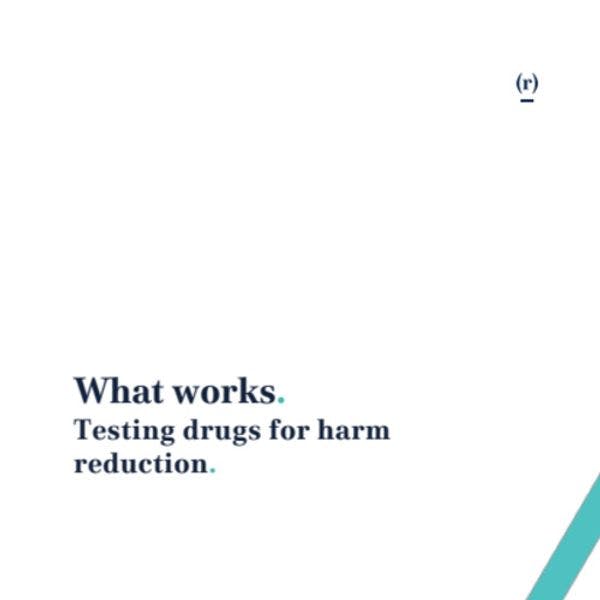What works: Testing drugs for harm reduction
By 360Edge
The recent deaths of 6 young people at music festivals in Australia connected to MDMA has led to local calls for the introduction of drug checking services (sometimes called ‘pill testing’ in Australia and drug safety testing in the UK) to assist people who use drugs to make safer decisions about the drugs they intend to consume.
Drug checking services both vary in the primary purpose of the testing; who conducts the analyses and how; the range of quantitative or qualitative analytical methods used; who disseminates test results and how; where testing is located; whether test results go directly to consumers or via an intermediary; and the level of engagement with other stakeholder.
Evidence supports on-site rapid ‘real time’ testing where drugs are also sourced on-site, mostly directly from people who use, and information is provided direct-to-consumers and emergency services onsite, as well as via broadcast alerts to attendees through social media and other channels.
There is also evidence supporting approaches where drugs are primarily sourced from drop off sites and medical incidents, with results provided via stakeholder meetings, alerts broadcast through social media and other channels.
Although evidence is still emerging, there is research showing that drug checking alters behaviour of people who use drugs. They are more likely to consume less when the drug profile differs from expectations. Drug-checking services also alter drug markets in positive ways and provide valuable information to front-line emergency services.
Further research is required to determine the effectiveness of drug checking to reduce hospitalisations and fatalities as a result of drug taking, but the limited research available is promising.
